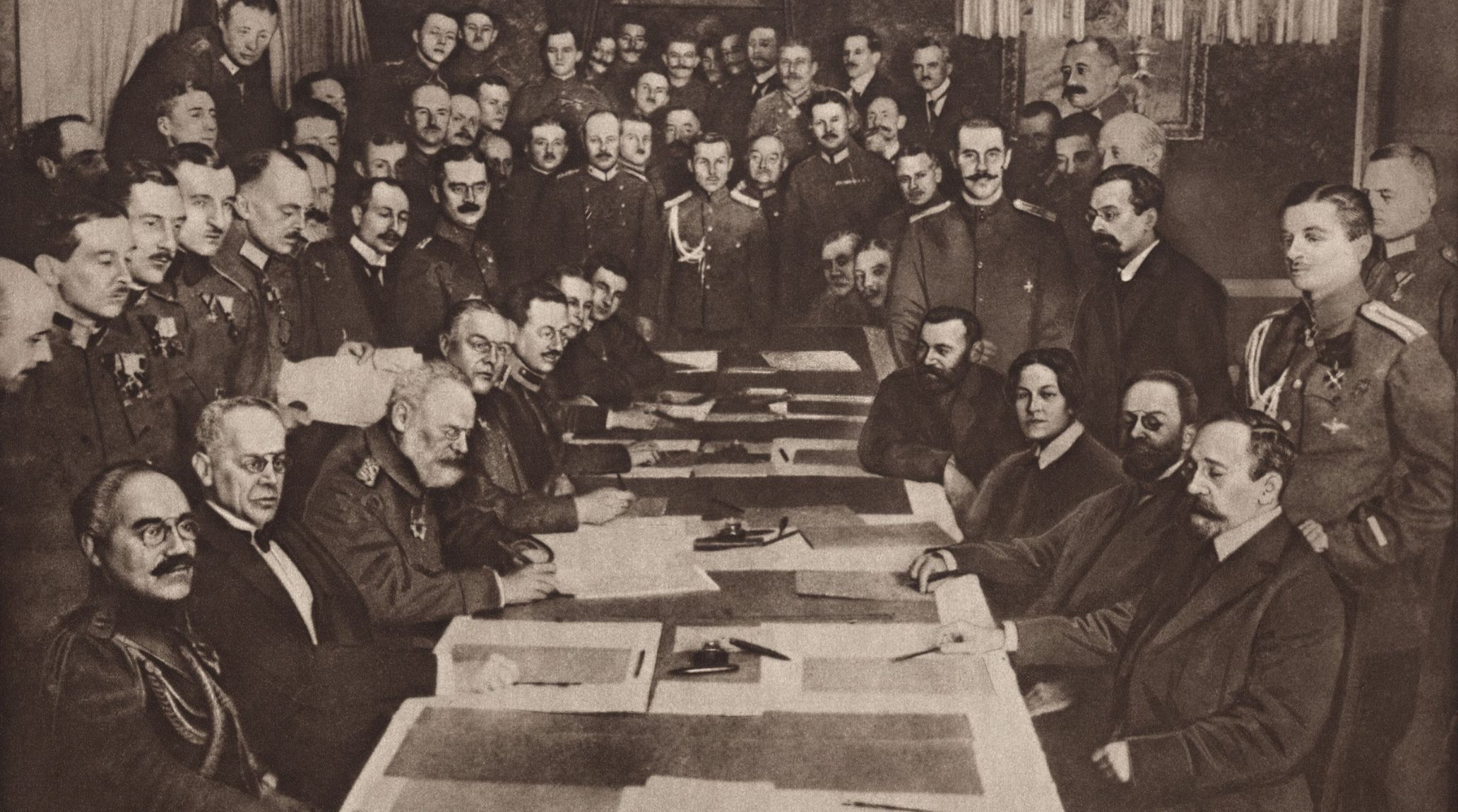
“
The Fascinating Facts About the Treaty of Versailles reveal its crucial role in shaping the post-World War I world. Signed in 1919, this treaty not only ended the war but also set the stage for significant political, social, and economic changes across Europe. The Fascinating Facts About the Treaty of Versailles illustrate the complexity of the peace negotiations and the consequences for Germany and other nations involved. These facts shed light on how the treaty redrew borders, imposed reparations, and even contributed to the rise of World War II. While the treaty’s goal was to ensure lasting peace, its terms often sparked controversy and dissent. Through these Fascinating Facts About the Treaty of Versailles, we gain a deeper understanding of its historical significance and the long-term effects it had on global diplomacy. Dive into these 20 facts to explore the impact of the treaty on history and the world order.1
”
The Treaty of Versailles was signed on June 28, 1919, five years after the assassination of Archduke Franz Ferdinand, which directly led to the start of World War I.1
Officially ending World War I, the treaty imposed harsh penalties on Germany and its allies. While it aimed to establish lasting peace, it created conditions that led to World War II.2
The Treaty included the War Guilt Clause, which placed all responsibility for the war solely on Germany and its allies, causing humiliation and anger throughout the nation.3
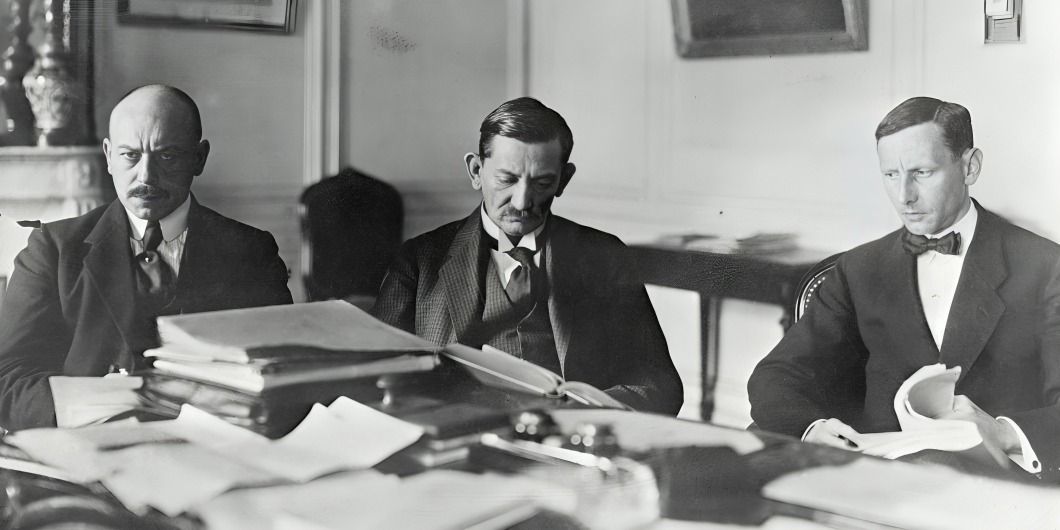
Germany was required to pay reparations totaling 132 billion gold marks (approximately $33 billion). This massive financial burden crippled Germany’s economy, leading to hyperinflation in the 1920s.
The treaty dismantled the German Empire and redefined Europe’s map, creating new nations like Czechoslovakia, Yugoslavia, and Poland, while carving up the Ottoman and Austro-Hungarian empires.4
The League of Nations was established to maintain world peace, but Germany and the Soviet Union were excluded initially. This weakened its authority and ability to prevent future wars.5
The Treaty had global ramifications, affecting the Middle East and Africa. Many of the Ottoman Empire’s former territories were divided up as mandates among the Allied powers, especially Britain and France.6
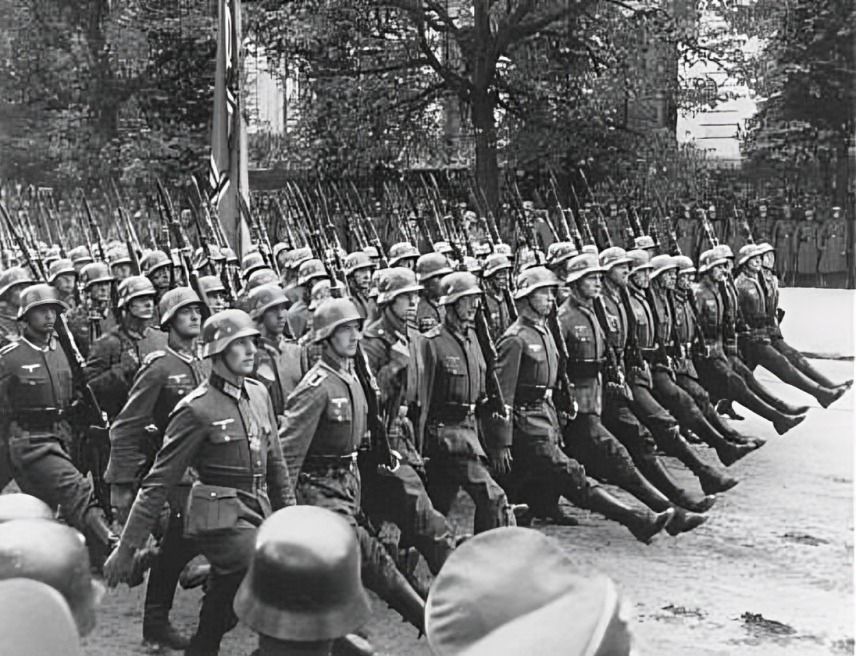
Germany’s military capacity was severely restricted by the treaty, with the army reduced to 100,000 troops, and it was forbidden to have an air force, tanks, or submarines.
The Saar Basin, rich in coal, was placed under the control of the League of Nations, with its resources exploited by France. A future plebiscite allowed its return to Germany.7
The treaty fostered anger in Germany, as many viewed it as an unfair punishment. This resentment helped fuel the rise of Adolf Hitler and the Nazi Party in the 1930s.8
The signing ceremony took place in the Hall of Mirrors at the Palace of Versailles, symbolizing Germany’s defeat. It was the same location where German Emperor Wilhelm II had been crowned in 1871.9
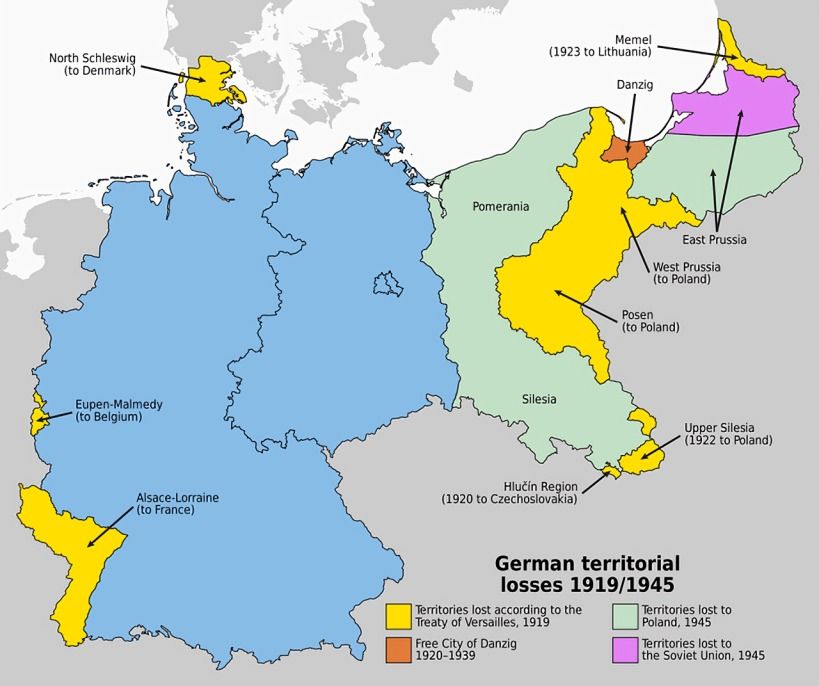
Germany lost significant territories due to the Treaty, including the region of Alsace-Lorraine, which was returned to France, as well as several overseas colonies in Africa and the Pacific.
Many historians argue that the Treaty of Versailles contributed to the instability in Europe, as its harsh terms, especially the reparations and territorial losses, directly led to the outbreak of World War II.10
The United States, despite playing a key role in shaping the treaty, refused to ratify it. This resulted in the U.S. not joining the League of Nations, weakening the treaty’s long-term effectiveness.11
The treaty's harsh treatment of Germany contributed to economic instability, leading to hyperinflation in the Weimar Republic. This economic chaos further fueled political extremism and laid the groundwork for Hitler’s rise.12
The creation of new countries in Eastern Europe, such as Czechoslovakia and Poland, often led to internal conflicts. These countries had borders drawn that divided ethnic groups, contributing to decades of instability.13
With a total of 440 articles, the Treaty of Versailles addressed many complex issues, including territorial changes, military restrictions, and reparations. Its complexity made enforcement difficult and led to dissatisfaction.14
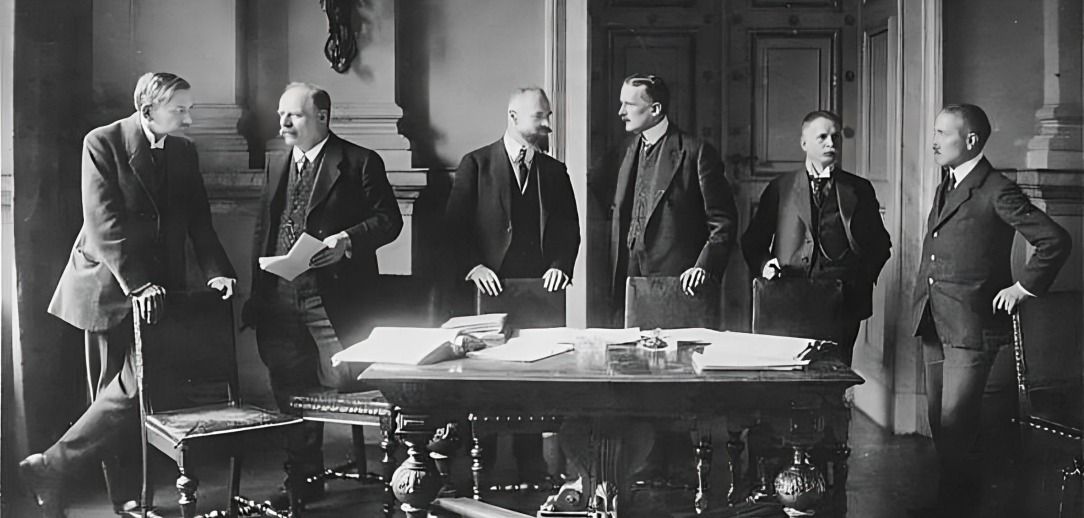
The treaty marked one of the earliest efforts for collective security in international diplomacy. However, its failure to prevent future conflicts, especially WWII, revealed many of its weaknesses and flaws.
The treaty dissolved the Austro-Hungarian and Ottoman empires, leading to the creation of several new countries, including Austria, Hungary, Czechoslovakia, and Yugoslavia, each with its own political struggles.15
The Treaty of Versailles represented a pivotal moment in international diplomacy, as its effects were felt worldwide. However, the long-term consequences shaped Europe’s political and economic landscape for decades.16


